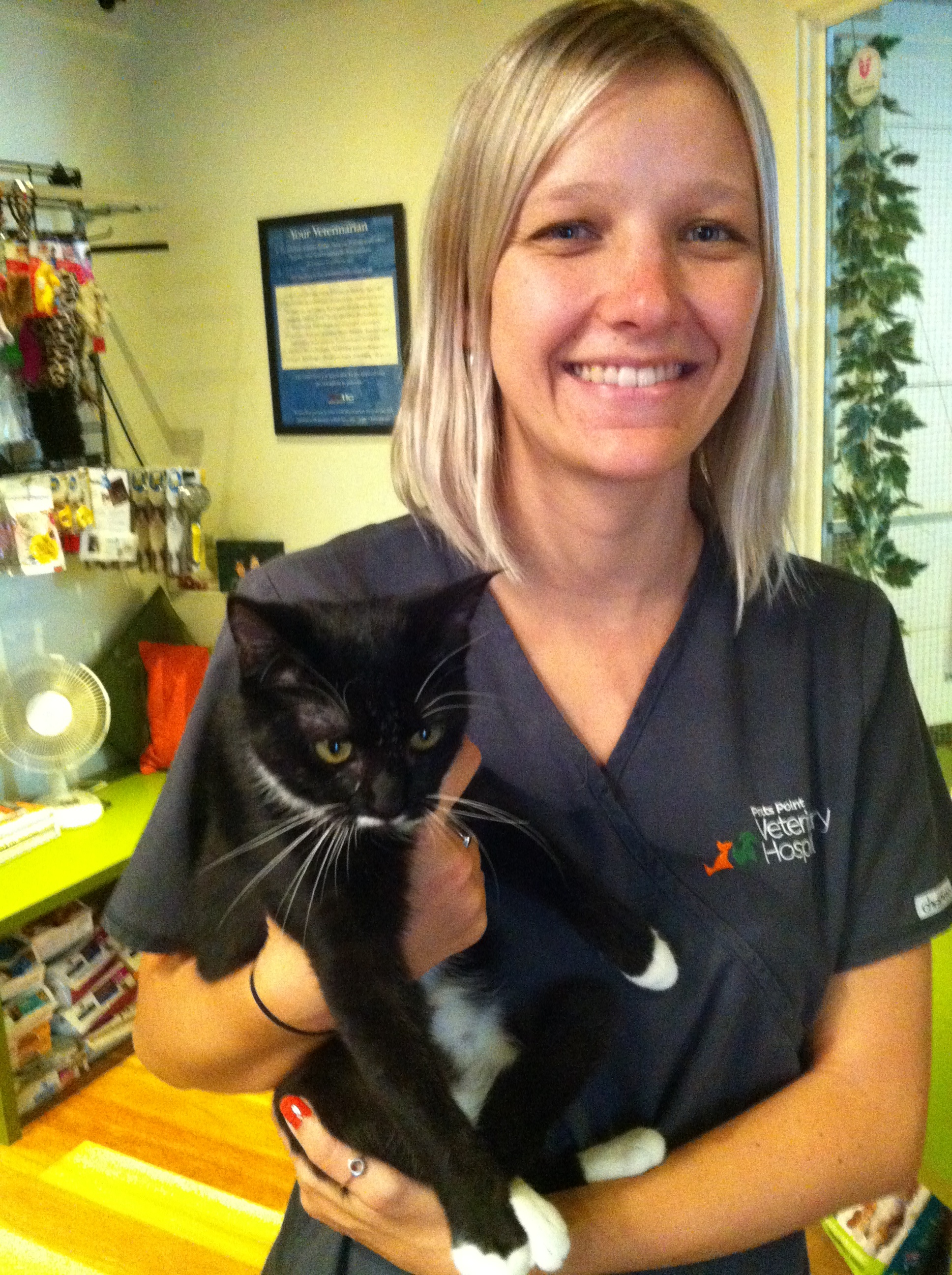Life in the city is busy, and it can be easy to forget about the native creatures we share the space with. Some species, such as the Australian White Ibis, have adapted to city life extremely well (whilst developing an unfavourable reputation as scavengers).

However, most species have just kept on keeping on, and it is perhaps hard to see the impact of urban development on their lives. Nevertheless, there are several simple steps we can all take to give our local native species a leg up here in the Big Smoke.
1. Leave bowls or buckets of fresh water in your garden or balcony
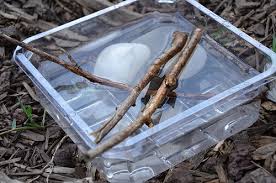
2. Keep your cat indoors as much as possible
We understand that cats naturally want to roam about in large territories, and hunt prey. Unfortunately cats are not native to Australia, and their presence disturbs our ecosystem. A huge number of wildlife mortalities are due to cat (and dog) attacks, or health complications following these. So please, wherever possible, keep your kitty indoors. Otherwise, if he or she must roam, please attach a bell to her collar.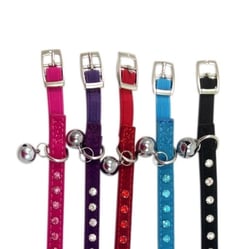
3. Plant native foliage
Not only are bottle brush trees beautiful, they are also food! Planting native foliage provides more natural food and nesting space for native birds, which are often brightly coloured and extremely beautiful, like this rainbow lorikeet. The more native foliage about, the less likely your local birds are to eat human food.
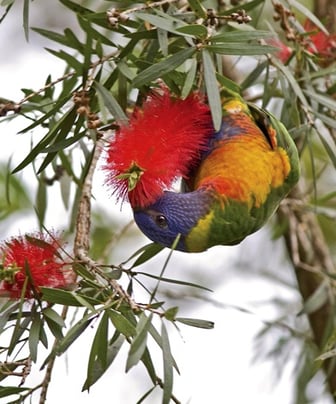
4. Cover your fruit trees in wildlife-friendly netting
Tree clearing and climate change are constantly limiting the natural resources available to native creatures. As such, the sight of a fruit tree in your back garden can be extremely enticing for a hungry possum or flying fox.
If you use netting to keep wildlife from your fruit trees, pleasure ensure the holes have a mesh size of less than 5mm. Most nettings (e.g bird netting) have a mesh size of 1cm. Enthusiastic wildlife can easily become entangled in this netting, with devastating results. Most creatures will perish from dehydration, or be euthanised due to horrific constriction injury. 5mm netting is too small to entangle wildlife, and will protect your trees just as effectively. You can quickly test whether netting is wildlife-friendly by poking your finger through a hole. If it fits, the netting is unsafe!
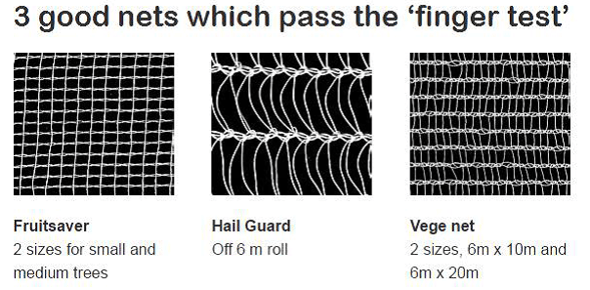
Further information can be found here.
5. Refrain from feeding bread to water birds
Anecdotally, feeding bread to the ducks is a pleasant and mutually beneficial pastime. In reality, ducks, swans and other waterbirds are unable to physiologically cope with such a protein or carbohydrate-high meal.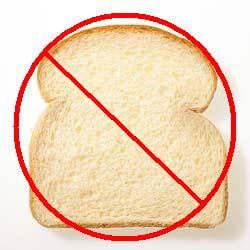
The physical deformity known as "Angel Wing" found in suburban water-birds is characterised by the last joint of one or both wings growing in an abnormal outward fashion. It is thought that feeding bread or crackers can cause or contribute to this condition.
If you love feeding the birds in Centennial Park, don’t worry! Safe alternatives to bread include seedless grape halves, swiss chard and shredded kale.
Click here to read more about Angel Wing.
The wildlife around Sydney is unique and beautiful -- let's all do our part in preserving native species. Stay tuned for a future post on what to do if you encounter abandoned or injured wildlife!
